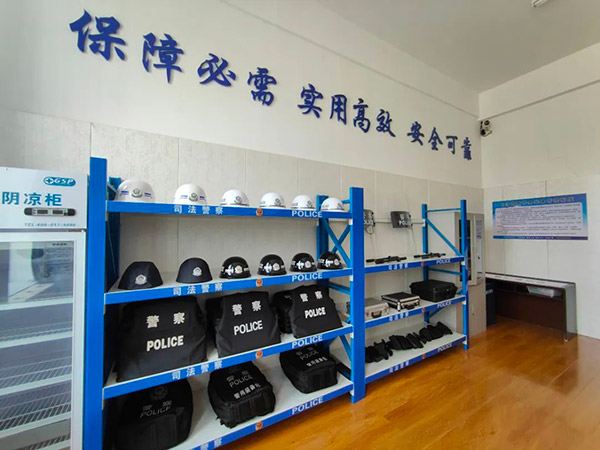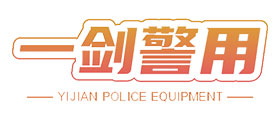In recent years, the police equipment at the grassroots level has been greatly improved, solving some problems that have been wanting to be solved but have not been solved for many years. Old police equipment has been updated and replaced, and the performance of new police equipment is also getting better and better, with higher technological content. But with a wide variety of police equipment being equipped in such a short period of time, some problems that cannot be ignored have been exposed in the management of police equipment, affecting and restricting the service life and efficiency of the equipment.
1. Grassroots police officers have weak awareness of the use of police equipment. Although higher-level departments repeatedly require grassroots police officers to wear police equipment during the police handling process, some grassroots leaders and police officers still adhere to the old thinking and habits, believing that they only need to wear it when dealing with major cases. It is not necessary to wear it when dealing with general events. In addition, the multi-functional belt issued only has one specification and is relatively heavy, and the police officers have uneven body shape and physical strength. They feel uncomfortable wearing it, and some take off the parts that are not commonly used, while others simply put it on patrol vehicles, resulting in a low usage rate of police equipment and affecting the effectiveness of police equipment in practical combat, becoming a decoration. Product.
2. There is a common phenomenon of police equipment being reused and lightly managed. Through daily inspections, we have found that some units commonly reuse and neglect existing police equipment. Some grassroots team leaders have a weak awareness of equipment management and neglect the management of police equipment in their daily work. For example, in terms of vehicle use, they only know how to drive but not how to maintain, resulting in poor vehicle condition, short service life, and high maintenance costs. In terms of single police equipment, they are unable to effectively fulfill the procedures for equipment collection, return, and retrieval. After the equipment is damaged or lost, they cannot effectively fulfill the accountability and punishment measures. In this management state, grassroots police officers have a weak awareness of caring for police equipment, not only do they not pay attention to the daily maintenance of police equipment, but they even place it randomly, resulting in serious damage and loss.

3. The maintenance of police equipment is inadequate, and its effectiveness is not significant. With the increasing technological content of police equipment in recent years, the maintenance and upkeep of police equipment has become particularly important. Police officers do not have much understanding of the performance of various types of equipment and do not know what maintenance methods should be adopted for different types of equipment. Police equipment is not timely and effectively maintained after use, resulting in a greatly shortened service life of police equipment. In addition, some equipment must be handed over to designated maintenance points by the Public Security Department for maintenance. There are few maintenance points and long maintenance cycles, which leads to grassroots teams abandoning some police equipment after it is damaged, and even not using it at all, which also affects the effectiveness of police equipment.
4. The management system for police equipment is superficial and not fully implemented. In terms of equipping and managing police equipment, except for firearms and ammunition that strictly follow the equipping standards and management system, the management of other police equipment, although there are systems to follow, still exists a phenomenon of heavy procurement and light management, and rules and regulations are meaningless. Some grassroots units are unable to maintain police equipment in a timely manner due to busy work and other reasons. Although some units implement centralized storage, they do not register and keep records, resulting in unclear numbers. Some units have shortcomings in the management of police equipment, which can be used in emergency situations but cannot be obtained in a timely manner. Some units are afraid of trouble and simply do not use it.
 简体中文
简体中文

 客服1
客服1